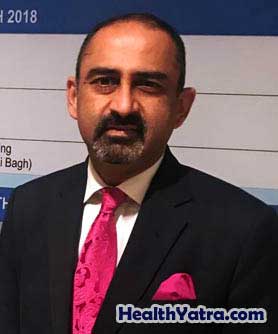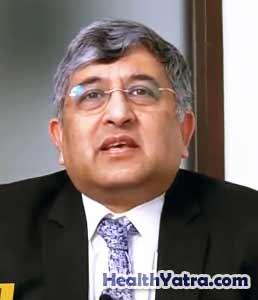The liver is the second largest organ (the skin is the largest) in the human body, roughly the size of a football. It weighs about 1.2-1.6kg (around 3lbs), being slightly bigger in men than women. It is located in the upper, right side of the abdomen behind the lower ribs. The gall bladder is attached to the lower portion of the right side of the liver.
Dark reddish brown in colour, the liver is divided into a larger right lobe and a smaller left lobe. These are further divided into approximately 100,000 lobules which are connected to small ducts, which connect with larger ducts and which in turn form the hepatic duct. The hepatic duct transports the bile produced by the liver cells to the gallbladder and duodenum (the upper part of the small bowel).
The hepatocytes or the ‘liver cells’ which make up the majority of the liver, have an average life span of 150 days. There are approximately 202,000 cells in every milligram of liver tissue. These make up around 60% of the total liver. The remaining structure of the liver is mainly biliary tract.
Blood is supplied to the liver through two sources. The hepatic artery brings in oxygenated blood and the hepatic portal vein supplies nutrient rich blood from the stomach and intestines. The liver holds approximately 13% of the body’s blood at any given time. All the blood leaving the stomach and intestines passes through the liver via the portal vein.
















































